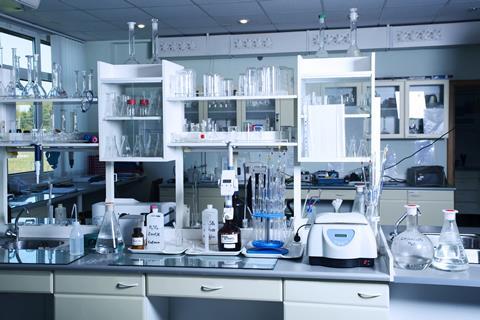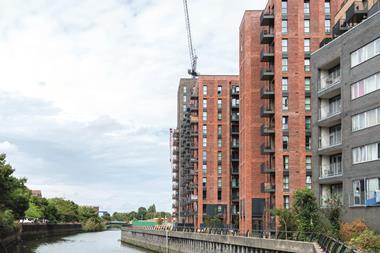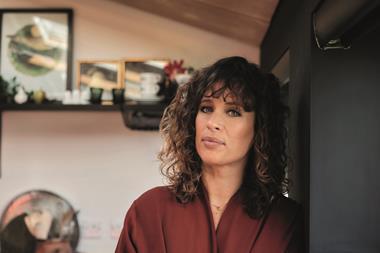Science and commercial workplaces were unlikely partners 20 years ago, but since the rise of city centre knowledge clusters, they are forming a much closer relationship – one that is leaving a mark on the speculative office market.


More commercial developers are exploring how office schemes can be retrofitted to create highly specialised spaces for science and, beyond retrofitting, how new-build workplaces can adapt between traditional office use and the specific requirements of science.
City centre knowledge clusters – combining healthcare, education, scientific research and tech in innovation networks – have grown off the back of recent trends deviating from the typical office, partly driven by the proliferation of start-ups and the tech industry.
Co-working and flexible workspace now dominate the office sector and science industries are looking to replicate the success of these workplaces. In moving towards flexible, urban clusters, the sciences hope to promote cross-disciplinary collaboration and innovation.
Moving to urban centres – near universities, research facilities, start-up hubs and amenities – enables the critical mass and chance encounters that spark innovation, injecting agility and dynamism into the industry. By adopting central, agile workplaces, science employers also aim to attract talent – especially people straight out of university who are looking for non-traditional work environments.
This presents an exciting opportunity for the sciences but many challenges in terms of urban development. Historically, science industries have been located in urban peripheries to accommodate technically complicated designs that require the ample space that city centres lack.
Developing urban science clusters also presents financial risk. The high costs of developing and fitting out labs does not fit with the ethos of flexible workspace: scientific start-ups and incubators require alternative tenancies and may result in high turnover of users, and scaling-up space for growing companies or corporate anchor tenants requires an adaptability not afforded by conventional labs.

How can workspace design support the adaptability needed for scientific knowledge clustering? First, architects and developers need to think beyond the work environment to the amenities that make flexible workplaces attractive. It is just as much the non-workspaces that make a workplace desirable to new talent, and amenities such as restaurants, leisure spaces and gyms can nurture a collaborative, relaxed culture.
Adopting a ‘hot-desk’ approach to scientific facilities through shared lab space can help overcome challenges and mitigate some financial risk associated with start-ups and incubators. Creating offices that can be converted into labs can enhance this flexibility, allowing growing scientific businesses to scale up.
Sheppard Robson took this approach when designing 245 Hammersmith Road, a new office building for Legal & General. We used practical design parameters to accommodate a broad spectrum of tenants. Some of these features are increasingly common in office buildings, such as increased floor-to-floor heights, which allow for the additional servicing needed in labs.
Space for airflow and potential use of hazardous materials were also considered, along with accommodation for the safe delivery, transport and containment of hazardous materials. Additional power consumption for lab equipment was factored into electrical requirements and potential lab space was planned on a 1.5m office grid for relative ease of transition between uses.
Designing for this level of flexibility comes at some cost – extra space for airflow or designing a lab on a 1.5m grid inevitably leads to a loss of efficiency in space planning. It is up to each developer to balance these costs so that added design parameters stack up financially.
The question of whether it pays to add this extra layer of adaptability is already being answered. Facilities such as Imperial College’s Molecular Sciences Research Hub – developed with knowledge clustering in mind – are now drawing neighbours such as science companies Novartis, Autolus and Synthace. This sort of facility draws together researchers, entrepreneurs and industry to drive innovation.
As an industry we have begun considering how to enable this flexibility of use and we must continue to explore new design strategies to support the growth of city centre knowledge clusters.
Mark Kowal and Eugene Sayers are partners at Sheppard Robson






























No comments yet